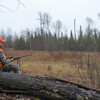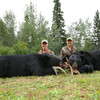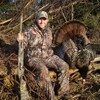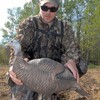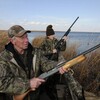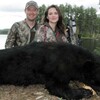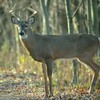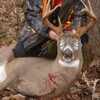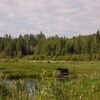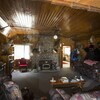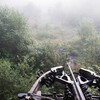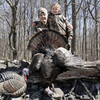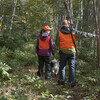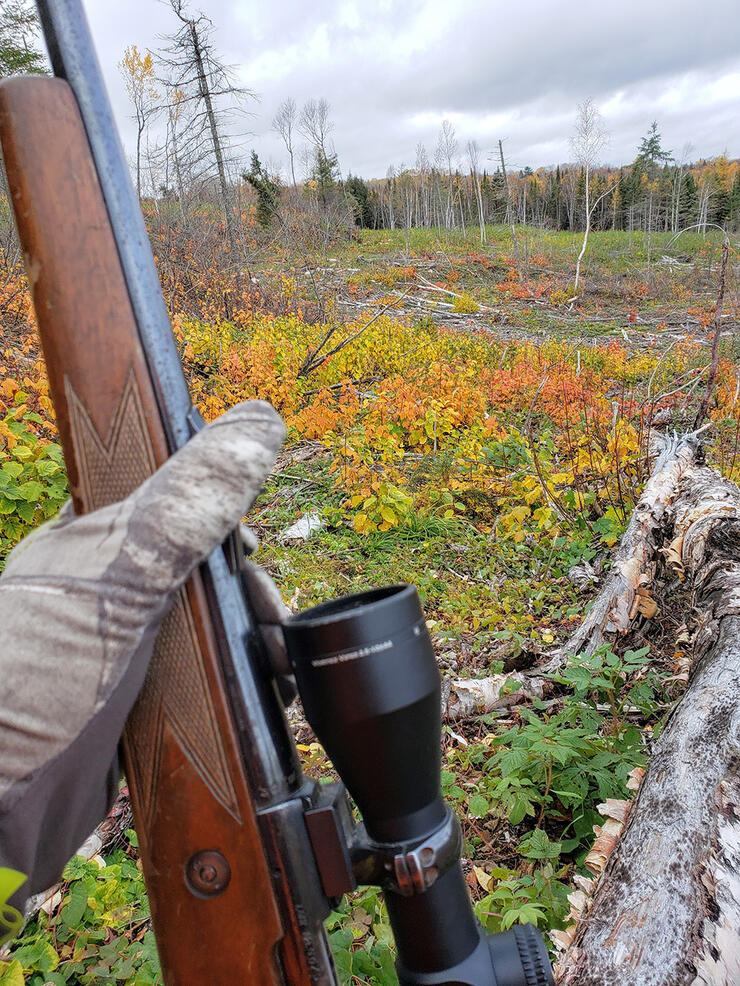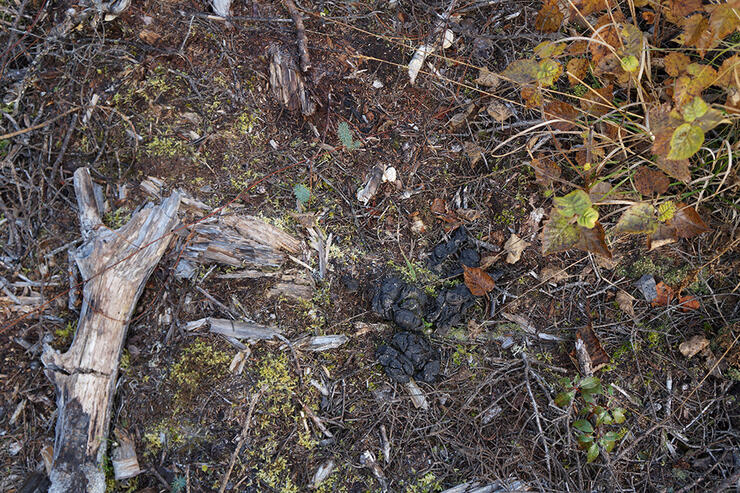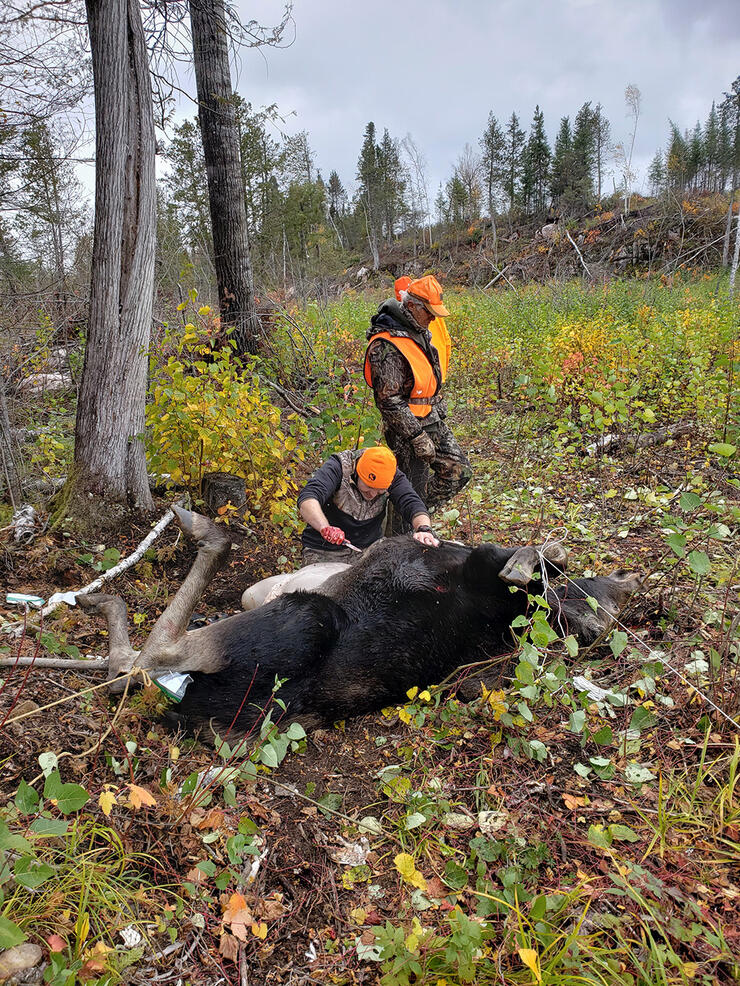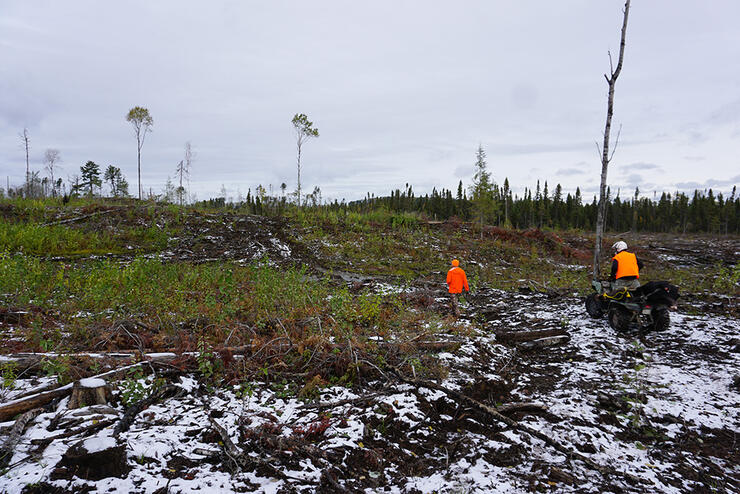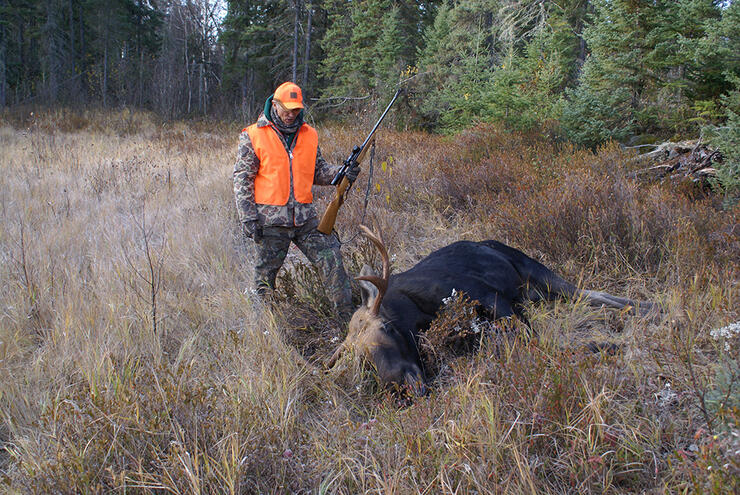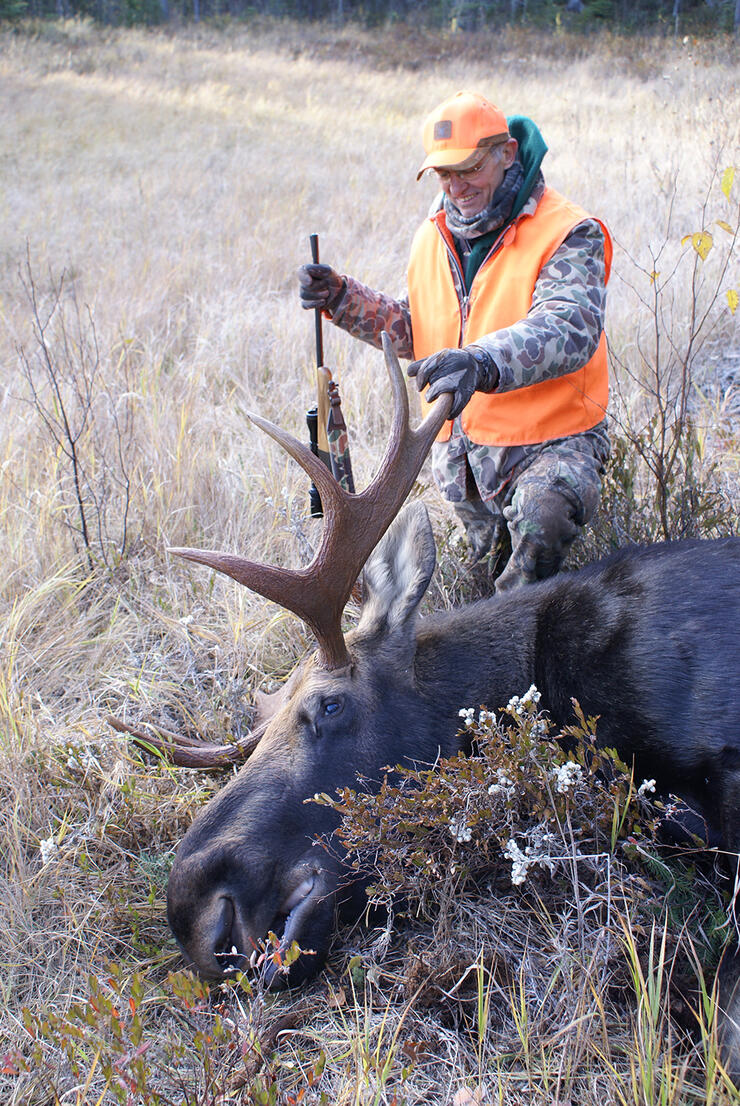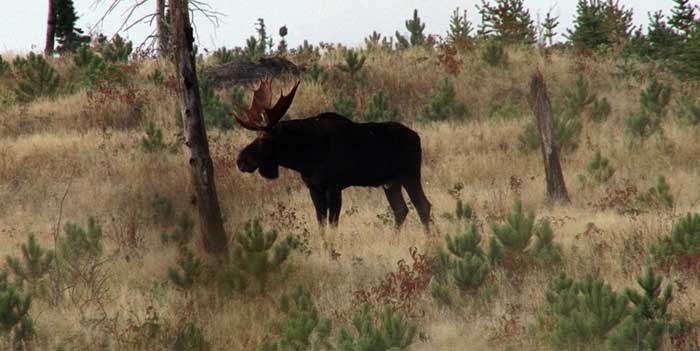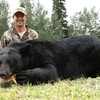
Techniques for an Ontario Moose Hunt
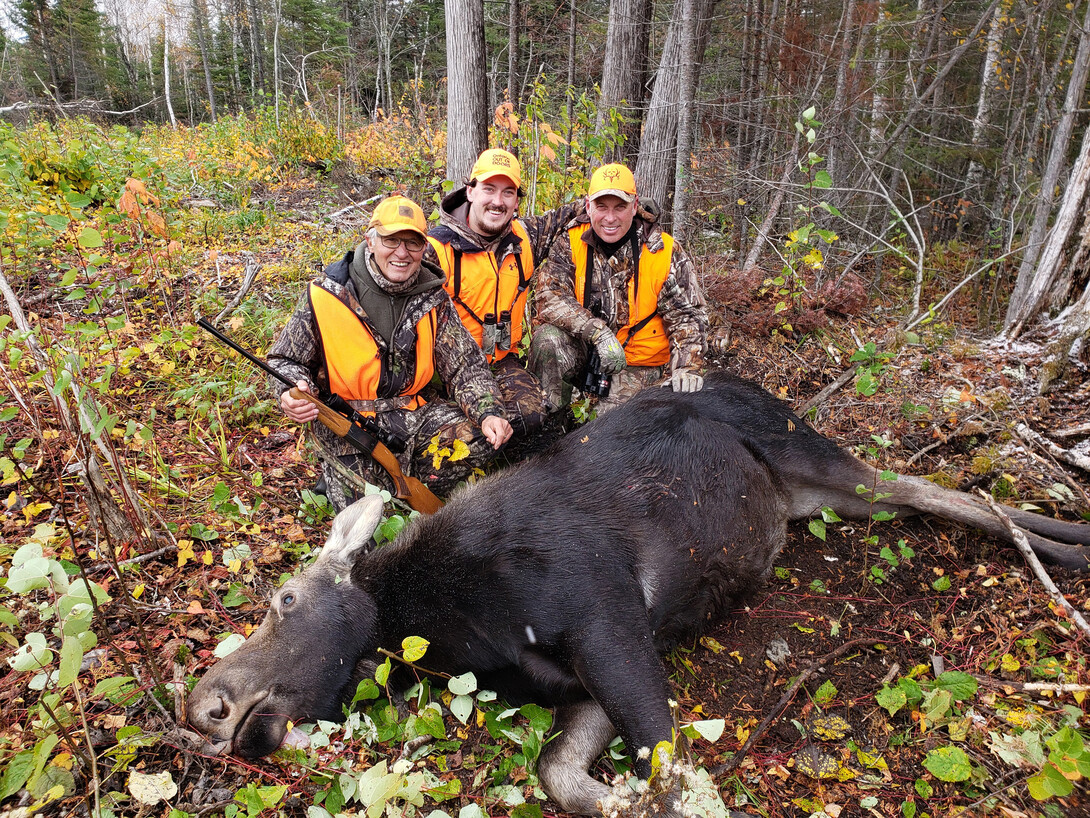
Hunting has a long and honourable history in Ontario. This is partially due to the tremendous opportunity available to hunters in this great province. Yet no Ontario hunt has more history and prestige than the moose hunt.
These huge ungulates are both tremendous in size and exceptionally fine eating. There are very few people who will turn down a moose roast or some moose burger. The meat is that good. There are many different methods to hunt moose, and they are all challenging. Here are a couple of the more popular ways to pursue them.
Calling and Trashing
The moose breeding season, known as the rut, generally takes place in late September but can carry over right into December. One of the most effective ways to call in a bull moose—or even a randy cow, in the right situation—is with a cow call. The cow call is a long, pleading sound that can be made with your hands or via a conical-shaped call. The key is to make the call carry so a bull will pick up on it and move towards you.
There is no more exciting experience in hunting than hearing a bull moose, grunting and snapping trees, coming in your direction. Moose have an uncanny ability to come right to where the call came from, so it pays to have a shooter (with a gun or bow) ahead of the caller’s position. Thrashing small trees or shrubs with a canoe paddle also mimics the sound of a bull tearing up the foliage. This sound can go hand in hand with calling or be used alone.
Water hunt
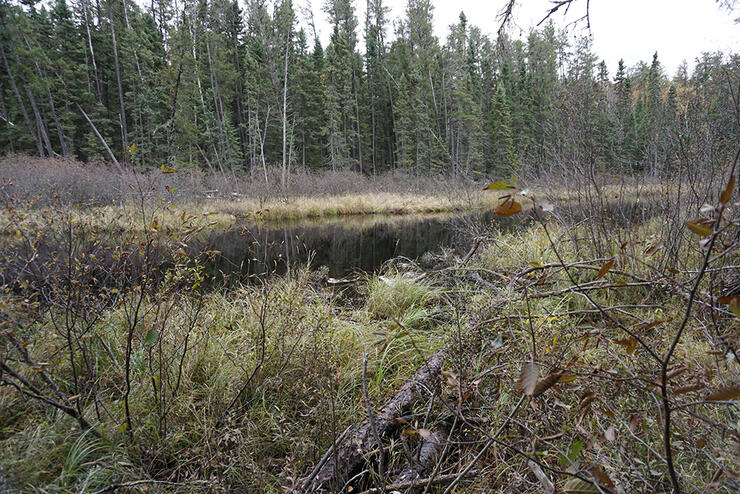
Perhaps the most traditional method of hunting a moose is along the water. Whether it's a lake, swamp, or river, if moose are in the area, they are going to be using water. On slow, meandering streams, or small lakes, a canoe can be a very effective way to cover a lot of ground. The person in the stern paddles, while the shooter is in the front. It's amazing how close you can get to a moose with a canoe, as these boats are quiet and don't seem to be seen as a threat by moose. Of course, if the moose gets your wind while you are in the canoe, they will not hang around.
Hunters can also find the trails where moose are accessing the water. It takes a lot of patience to wait for moose, but if they are feeding in a shallow bay morning and evening, the wait-and-watch technique can be very effective.
Forest Cut Overs
Areas of bush that have been logged are where most moose hunters spend their time and energy. This is because the removal of old-growth forests, and the disturbance that creates, makes room for the leafy deciduous plants that moose love to eat. Once moose find these areas, they make them a home base until the food runs out, or hunter traffic pushes them off. Most of the time, the best places to hunt in a cut are the little pockets or secluded areas off the beaten path. Moose are shy creatures and will use quite small areas if they feel safe from predators, including humans. Taking a walk well back in a cut can pay dividends, although you need to glass the edge of the cuts for moose with binoculars as you go. Moose have an incredible ability to see movement from a long distance off, so take your time.
When you find one of these secluded sweet spots, look for signs of moose activity. That will include tracks, browsed shrubs, and moose droppings. It can pay to sit down and wait in one of these spots. That is exactly what my Dad, Gord Sr., did last fall. He got under a tree and watched a ridge covered with browse. After a remarkably short time, a mature cow walked out 50 yards from him and started to eat. He had lots of time to get a perfect shot. That was the end of our opening day, but the start of a celebration of a successful Ontario moose hunt.
Recommended Articles
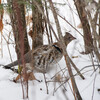
Snow Hunt for Grouse
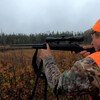
An Unforgettable Moose Hunt by Boat
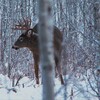
Northwestern Ontario Whitetail Deer Hunt
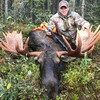
Moose Tales
Grouse Hunting at Birch Dale Lodge
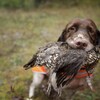
Bird Dog Friendly Lodges
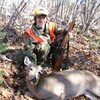
First Deer Hunt
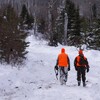
Winter Moose Hunt
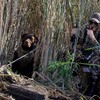
Rondeau Bay
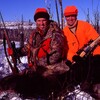
Nipigon Moose
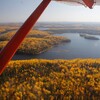
Father and Son Fly-in Moose Hunt
Hunting Water for Moose
Where Big Bucks Roam
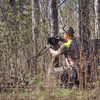
Trail Camera 101
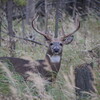
Spring Scouting
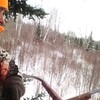
Understanding the Rut
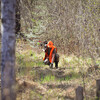
Hunt the Grass
Big Woods & Storied Bucks
